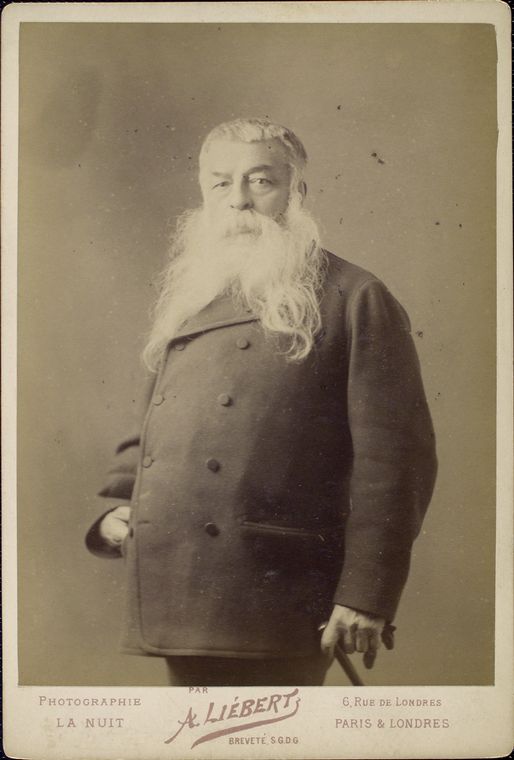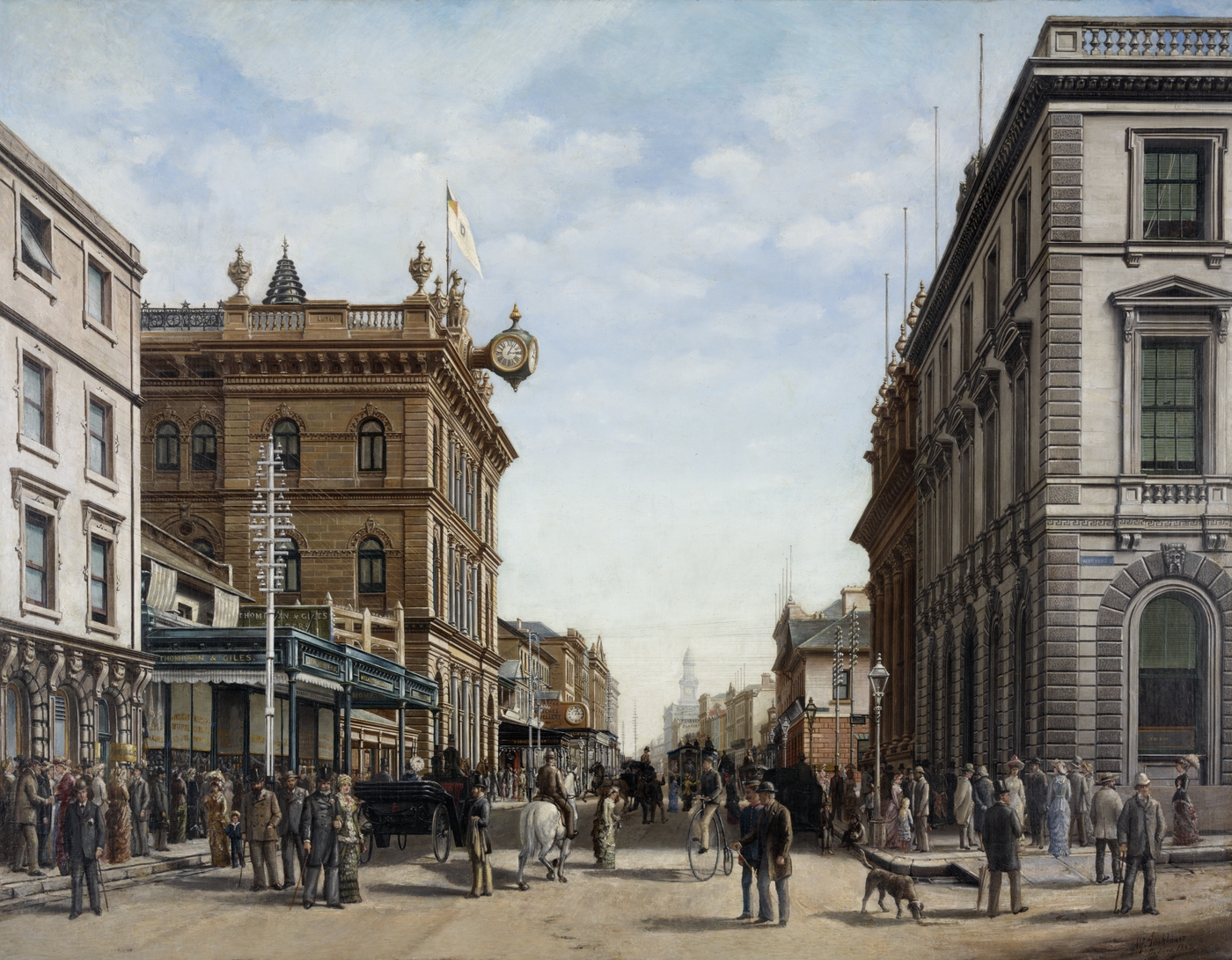|
Affray
In many legal jurisdictions related to English common law, affray is a public order offence consisting of the fighting of one or more persons in a public place to the terror (in french: à l'effroi) of ordinary people. Depending on their actions, and the laws of the prevailing jurisdiction, those engaged in an affray may also render themselves liable to prosecution for assault, unlawful assembly, or riot; if so, it is for one of these offences that they are usually charged."Affray", Encyclopædia Britannica, 1911 United Kingdom England and Wales The common law offence of affray was abolished for England and Wales on 1 April 1987. Affray is now a statutory offence that is triable either way. It is created by section 3 of the Public Order Act 1986 which provides: The term "violence" is defined by section 8. Section 3(6) once provided that a constable could arrest without warrant anyone he reasonably suspected to be committing affray, but that subsection was repealed by ... [...More Info...] [...Related Items...] OR: [Wikipedia] [Google] [Baidu] |
Public Order Act 1986
The Public Order Act 1986 (c 64) is an Act of the Parliament of the United Kingdom. It creates a number of public order offences. They replace similar common law offences and parts of the Public Order Act 1936. It implements recommendationsThe Law Commission. Criminal Law: Offences relating to Public Order (Law Com 123). HMSO. 1983. of the . Background Before the introduction of the Public Order Act 1986, policing public order was based on various relevant |
Common Purpose
The doctrine of common purpose, common design, joint enterprise, joint criminal enterprise or parasitic accessory liability is a common law legal doctrine that imputes criminal liability to the participants in a criminal enterprise for all reasonable results from that enterprise. The common purpose doctrine was established in English law, and later adopted in other common-law jurisdictions including Scotland, Ireland, Australia, Trinidad and Tobago, the Solomon Islands, Texas, Massachusetts, the International Criminal Court, and the International Criminal Tribunal for the former Yugoslavia. Common design also applies in the law of tort. It is a different legal test from that which applies in the criminal law. The difference between common designs in the criminal law and the civil law was illustrated in ''NCB v Gamble'' 9591 QB 11 at 23, by Devlin LJ: The difference applies in US law as well. The United States Supreme Court reached the same conclusion in ''Sony Corporatio ... [...More Info...] [...Related Items...] OR: [Wikipedia] [Google] [Baidu] |
Public Order Act 1986 (Commencement No
The Public Order Act 1986 (c 64) is an Act of the Parliament of the United Kingdom. It creates a number of public order offences. They replace similar common law offences and parts of the Public Order Act 1936. It implements recommendationsThe Law Commission. Criminal Law: Offences relating to Public Order (Law Com 123). HMSO. 1983. of the . Background Before the introduction of the Public Order Act 1986, policing public order was based on various relevant |
Queen's Peace
The legal term peace, sometimes king's peace (Latin ''pax regis'')''Black's Law Dictionary'' (10th ed.: ed. Bryan A. Garner: Thomson Reuters, 2014), p. 1306. or queen's peace, is the common-law concept of the maintenance of public order.Markus Dirk Dubber, ''The Police Power: Patriarchy and the Foundations of American Government'' (Columbia University Press, 2005), pp. 15–16. The concept of the king's peace originated in Anglo-Saxon law, where it initially applied the special protections accorded to the households of the English kings and their retainers. A breach of the king's peace, which could be either a crime or a tort, was a serious matter. The concept of the king's peace expanded in the 10th and 11th centuries to accord the king's protection to particular times (such as holidays), places (such as highways and churches), and individuals (such as legates). By the time of the Norman Conquest, the notion of the king's peace became more general, referring to the safeguarding ... [...More Info...] [...Related Items...] OR: [Wikipedia] [Google] [Baidu] |
Assault
An assault is the act of committing physical harm or unwanted physical contact upon a person or, in some specific legal definitions, a threat or attempt to commit such an action. It is both a crime and a tort and, therefore, may result in criminal prosecution, civil liability, or both. Generally, the common law definition is the same in criminal and tort law. Traditionally, common law legal systems have separate definitions for assault and battery. When this distinction is observed, battery refers to the actual bodily contact, whereas assault refers to a credible threat or attempt to cause battery. Some jurisdictions combined the two offences into a single crime called "assault and battery", which then became widely referred to as "assault". The result is that in many of these jurisdictions, assault has taken on a definition that is more in line with the traditional definition of battery. The legal systems of civil law and Scots law have never distinguished assault from batt ... [...More Info...] [...Related Items...] OR: [Wikipedia] [Google] [Baidu] |
Riot Act
The Riot Act (1 Geo.1 St.2 c.5), sometimes called the Riot Act 1714 or the Riot Act 1715, was an act of the Parliament of Great Britain which authorised local authorities to declare any group of 12 or more people to be unlawfully assembled and order them to disperse or face punitive action. The act's full title was "An Act for preventing tumults and riotous assemblies, and for the more speedy and effectual punishing the rioters", and it came into force on 1 August 1715. It was repealed in England and Wales by section 10(2) and Part III of Schedule 3 of the Criminal Law Act 1967. Acts similar to the Riot Act passed into the laws of British colonies in Australia, Canada, and United States, some of which remain today. The phrase " read the riot act" has passed into common usage for a stern reprimand or warning of consequences. Introduction and purpose The Riot Act 1714 was introduced during a time of civil disturbance in Great Britain, including the Sacheverell riots of 1710, th ... [...More Info...] [...Related Items...] OR: [Wikipedia] [Google] [Baidu] |
Common Law Offence
Common law offences are crimes under English criminal law, the related criminal law of some Commonwealth countries, and under some U.S. State laws. They are offences under the common law, developed entirely by the law courts, having no specific basis in statute. Australia Under the criminal law of Australia the Criminal Code Act 1995 (Commonwealth) abolished all common law offences at the federal level.History of Australian Criminal Law Parliament of Australia Library The , the |
Jean Louis Ernest Meissonier (1815-91) - La Rixe (The Brawl) - RCIN 404872 - Royal Collection
Jean-Louis-Ernest Meissonier (; 21 February 181531 January 1891) was a French Classicist painter and sculptor famous for his depictions of Napoleon, his armies and military themes. He documented sieges and manoeuvres and was the teacher of Édouard Detaille. Meissonier enjoyed great success in his lifetime, and was acclaimed both for his mastery of fine detail and assiduous craftsmanship. The English art critic John Ruskin examined his work at length under a magnifying glass, "marvelling at Meissonier's manual dexterity and eye for fascinating minutiae". Meissonier's work commanded enormous prices and in 1846 he purchased a great mansion in Poissy, sometimes known as the Grande Maison. The Grande Maison included two large studios, the ''atelier d'hiver'', or ''winter workshop'', situated on the top floor of the house, and at ground level, a glass-roofed annexe, the ''atelier d'été'' or ''summer workshop''. Meissonier himself said that his house and temperament belonged to a ... [...More Info...] [...Related Items...] OR: [Wikipedia] [Google] [Baidu] |
Crimes Act 1900
The ''Crimes Act'' 1900. is a New South Wales statute that sets out the majority of criminal offences for the state of New South Wales in Australia. It, the Commonwealth Crimes Act 1914. and the Commonwealth Criminal Code Act 1995 form the majority of criminal law for New South Wales. As it is the major criminal law statute for New South Wales, it is an extensive legal document which defines an extensive list of offences under New South Wales law. The same original NSW act forms the basis for the ''Crimes Act'' ''1900'' (ACT) which has 444 different sections as of 1 September 2016.. Murder law For a person to be guilty of murder in NSW, the prosecution must prove both ''actus reus'' (literally guilty act) and '' mens rea'' (literally guilty mind). Murder and manslaughter defined. The act must cause the death of a person without lawful excuse - A causes B's death. It was previously a requirement that death occur within a year and a day after the date on which the person rec ... [...More Info...] [...Related Items...] OR: [Wikipedia] [Google] [Baidu] |
Criminal Justice (Northern Ireland) Order 2008
Criminal justice is the delivery of justice to those who have been accused of committing crimes. The criminal justice system is a series of government agencies and institutions. Goals include the rehabilitation of offenders, preventing other crimes, and moral support for victims. The primary institutions of the criminal justice system are the police, prosecution and defense lawyers, the courts and the prisons system. Criminal justice system Definition The criminal justice system consists of three main parts: #Law enforcement agencies, usually the police #Courts and accompanying prosecution and defence lawyers #Agencies for detaining and supervising offenders, such as prisons and probation agencies. In the criminal justice system, these distinct agencies operate together as the principal means of maintaining the rule of law within society. Law enforcement The first contact a defendant has with the criminal justice system is usually with the police (or ''law enforcement'' ... [...More Info...] [...Related Items...] OR: [Wikipedia] [Google] [Baidu] |
New South Wales
) , nickname = , image_map = New South Wales in Australia.svg , map_caption = Location of New South Wales in AustraliaCoordinates: , subdivision_type = Country , subdivision_name = Australia , established_title = Before federation , established_date = Colony of New South Wales , established_title2 = Establishment , established_date2 = 26 January 1788 , established_title3 = Responsible government , established_date3 = 6 June 1856 , established_title4 = Federation , established_date4 = 1 January 1901 , named_for = Wales , demonym = , capital = Sydney , largest_city = capital , coordinates = , admin_center = 128 local government areas , admin_center_type = Administration , leader_title1 = Monarch , leader_name1 = Charles III , leader_title2 = Governor , leader_name2 = Margaret Beazley , leader_title3 = Premier , leader_name3 = Dominic Perrottet ( Liberal) , national_representation = Parliament of Australia , national_representation_type1 = Sen ... [...More Info...] [...Related Items...] OR: [Wikipedia] [Google] [Baidu] |
Highway
A highway is any public or private road or other public way on land. It is used for major roads, but also includes other public roads and public tracks. In some areas of the United States, it is used as an equivalent term to controlled-access highway, or a translation for ''autobahn'', '' autoroute'', etc. According to Merriam Webster, the use of the term predates the 12th century. According to Etymonline, "high" is in the sense of "main". In North American and Australian English, major roads such as controlled-access highways or arterial roads are often state highways (Canada: provincial highways). Other roads may be designated " county highways" in the US and Ontario. These classifications refer to the level of government (state, provincial, county) that maintains the roadway. In British English, "highway" is primarily a legal term. Everyday use normally implies roads, while the legal use covers any route or path with a public right of access, including footpaths et ... [...More Info...] [...Related Items...] OR: [Wikipedia] [Google] [Baidu] |


_025%.jpg)



.jpg)